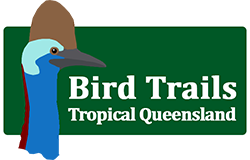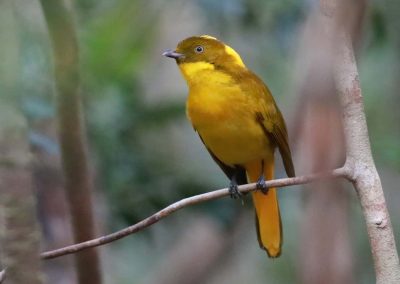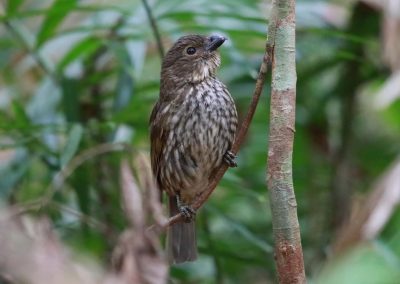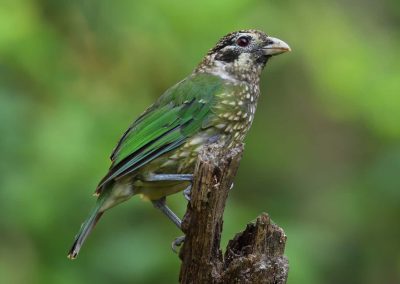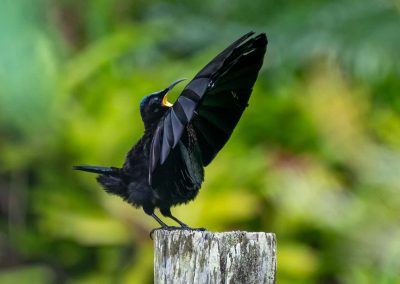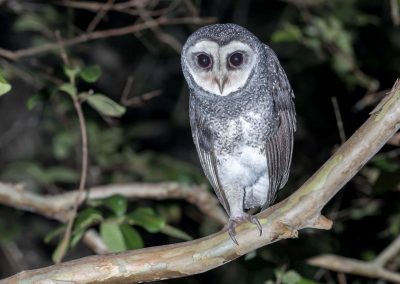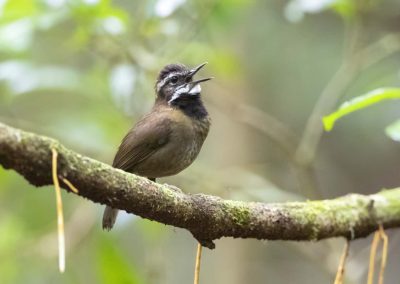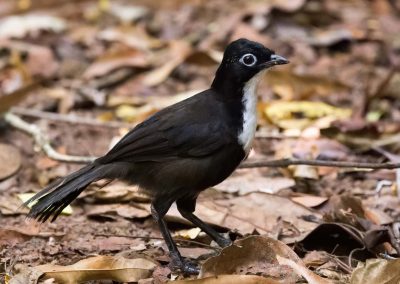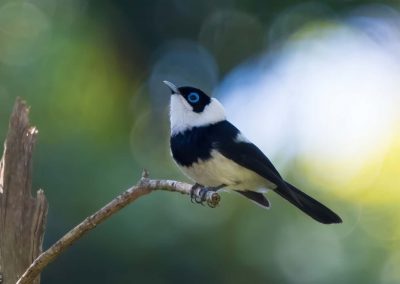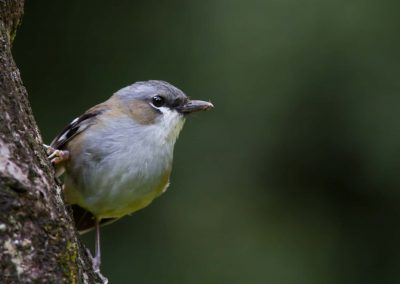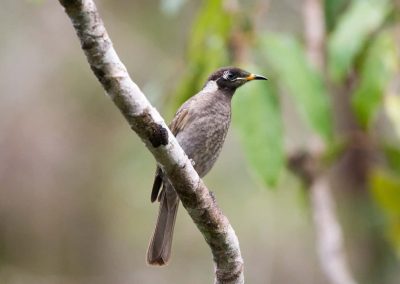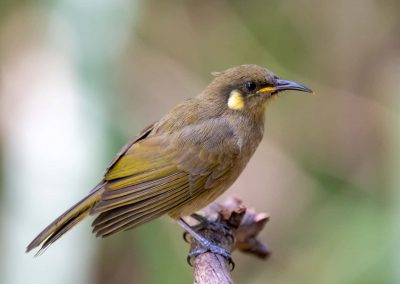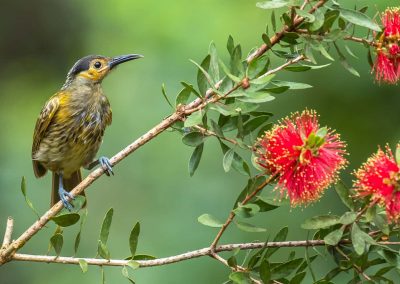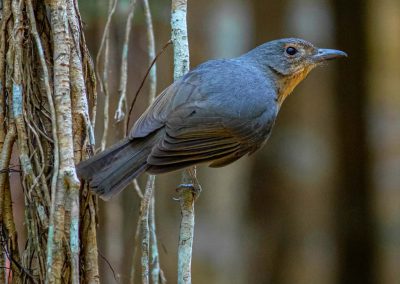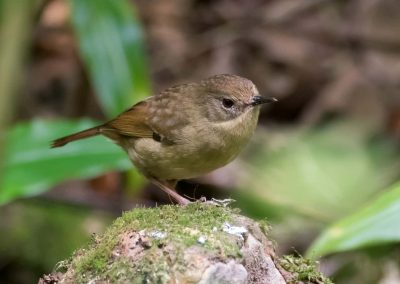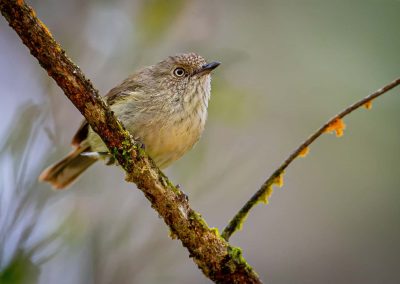Our ‘Wet Tropics’ Endemics
The Wet Tropics of Queensland is an area of great diversity and is rich in endemic species. This includes birds with 15 species unique to the area. Each of these birds is illustrated below. All of our local endemics can be found at higher altitudes and some are restricted to those sites. This is most likely the result of historical climate cycles in that the last evolutionary bottle-neck occurred in the ice age less than 20 000 years ago. The unique birds which survived or adjusted to that environment were cool adapted rainforest species. This adaption may prove problematic for some of the more restricted birds as the planet warms.
As more research is conducted, cryptic species and subspecies are being uncovered. Recently genetic analysis showed that the Graceful Honeyeaters of the Wet Tropics were indeed different from those further north and became a new Wet Tropic endemic species – Cryptic Honeyeater. Currently there is much discussion regarding the status of the ‘Atherton Quail-thrush’ and the ‘Herberton Honeyeater’. Research is ongoing.
Birds displaying unique Wet Tropic subspecies include Double-eyed Fig-Parrot, Crimson Rosella, Brown Gerygone, Yellow Thornbill, Bassian Thrush, Southern Boobook, Grey Fantail, Satin Bowerbird, White-throated Treecreeper, Yellow-throated Scrubwren, Eastern Spinebill, Yellow-faced Honeyeater, Pale-yellow Robin and Masked Owl.
Click on images to view a slideshow of larger versions
Golden Bowerbird
© Birdwatching Tropical Australia
Highly sought-after. Males build an incredible maypole bower adorned with treasures to attract females. Occur in rainforest above 900m.
Tooth-billed Bowerbird
© Birdwatching Tropical Australia
Males create ‘display courts’ – areas of rainforest floor cleared of debris – to court females. Occur in rainforest above 750m.
Spotted Catbird
© Birdwatching Tropical Australia
Recently separated from Black-eared Catbird (Iron Range region) to become another ‘new’ Wet Tropics endemic species.
Victoria’s Riflebird
© Cassowary Tours
Bird of Paradise family. Males perform an elaborate song and dance to attract females. More common in rainforest above 400m.
Lesser Sooty Owl
© Dom Chaplin
Uncommon sooty grey owl of rainforest and eucalypt forest. Has a very distinctive descending whistle ‘falling bomb’ call.
Fernwren
© Dean Ingwersen
Delightful, mouse-like bird of the rainforest floor, forages through deep leaf litter. Sometimes follows in the tracks of Chowchillas.
Chowchilla
© Cassowary Tours
Ground-dwelling, raucous bird that forages noisily in leaf debris on the rainforest floor. Often forages in pairs or family groups.
Pied Monarch
© Cassowary Tours
Exquisite black & white monarch with a blue eye ring. Often forages for insects on tree trunks and branches, sometimes upside down.
Grey-headed Robin
© Alfred Schulte
Common resident in rainforest, generally at higher altitudes. Often observed perched in typical robin pose, often very confiding.
Bridled Honeyeater
© Cassowary Tours
Large, pugnacious, vocal, honeyeater with yellowish line on dark face. Often found on flowering shrubs and trees.
Cryptic Honeyeater
© Cassowary Tours
Recently separated from Graceful Honeyeater (Cape York region) to become a ‘new’ Wet Tropics endemic species. Very common.
Macleays Honeyeater
© Dom Chaplin
Common mid-sized reddish-grey honeyeater with extensive streaking. Very often observed on flowering shrubs in gardens.
Bower’s Shrike-thrush
© Dom Chaplin
Rich resonant call but sometimes difficult to observe foraging in the mid canopy. Noticeably large bill. Generally above 400m.
Atherton Scrubwren
© Cassowary Tours
Small scrubwren with large feet, generally on the rainforest floor. Similar to Large-billed Scrubwren. Generally above 600m.
